Articles by UNLV News Center
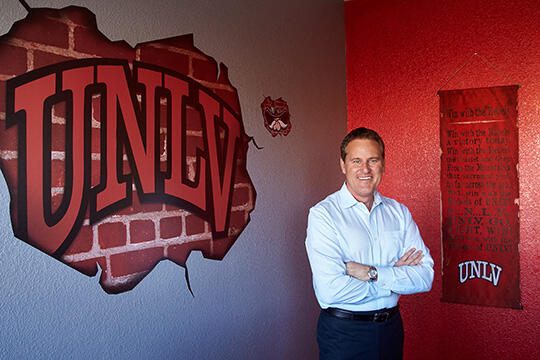
New Faces: Michael Gebhart
The new professor-in-residence share his thoughts on the ever-changing world of employment law, workplace prejudice, and Match.com.
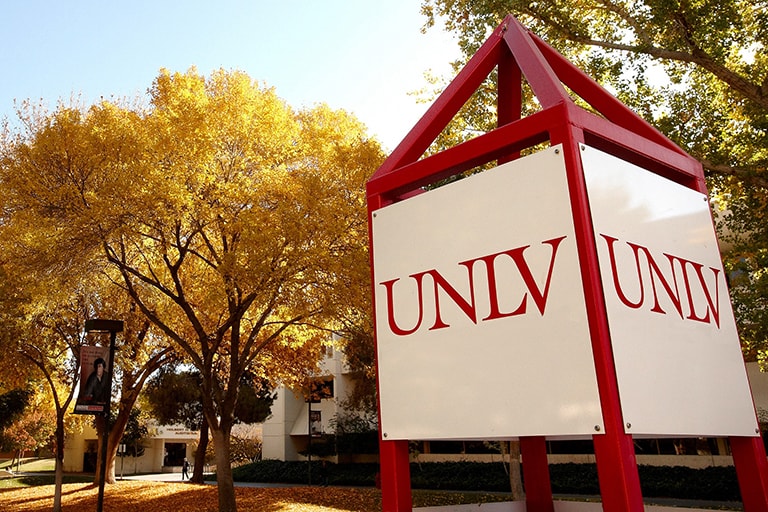
From Breakthrough to Business
UNLV faculty discoveries have commercial applications with value to the university, the private sector, and,ultimately, you. Learn about three different faculty members who are working to move their innovative thinking out of the laboratory and into the boardroom.

Research Briefs: Winter 2013
Understanding the solar energy-water nexus; $20.3 million grant from the NIH; fossilized remains of extinct wolf species located in Nevada; building a safer, more efficient battery; elevated levels of lead in Mexican hot sauces; and climate change linked to early animal evolution.
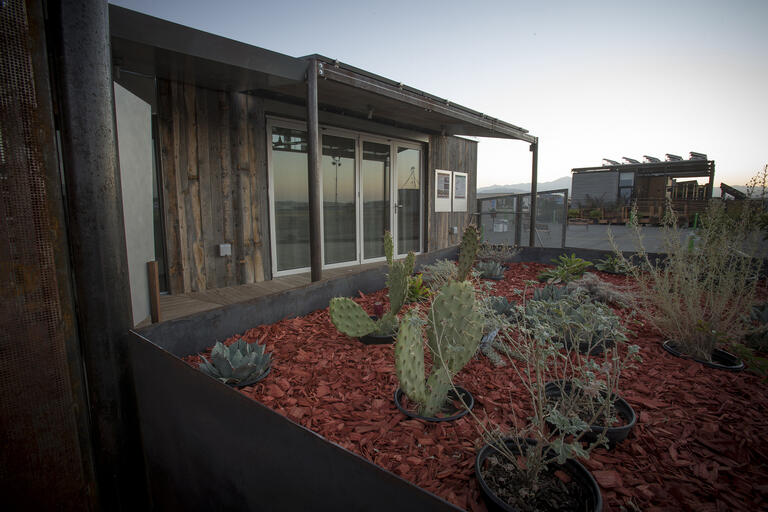
A Place in the Sun
Talent and hard work helped Team UNLV earn their top-in-the-nation ranking in the Solar Decathlon 2013. But research is the next priority for several team members after the award-winning home is relocated to the Las Vegas Springs Preserve.
Fremont Cannon Painting
The rivalry trophy returns to UNLV.
New Faces: Ranita Ray
The new ethnographer explores the reasons it's so hard to escape poverty.
New Faces: Bing Ma
Professor Bing Ma left the frigid winters of Michigan for the intense summers of Las Vegas to continue her research and begin teaching.
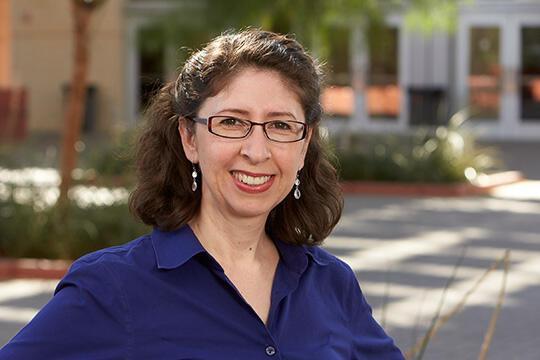
New Faces: Magdalena Martinez
A quick comment by a UNLV professor changed the course of her life. Now back at UNLV as new Lincy Institute director of education, Martinez hopes to influence the lives of Nevada's children through her policy research.
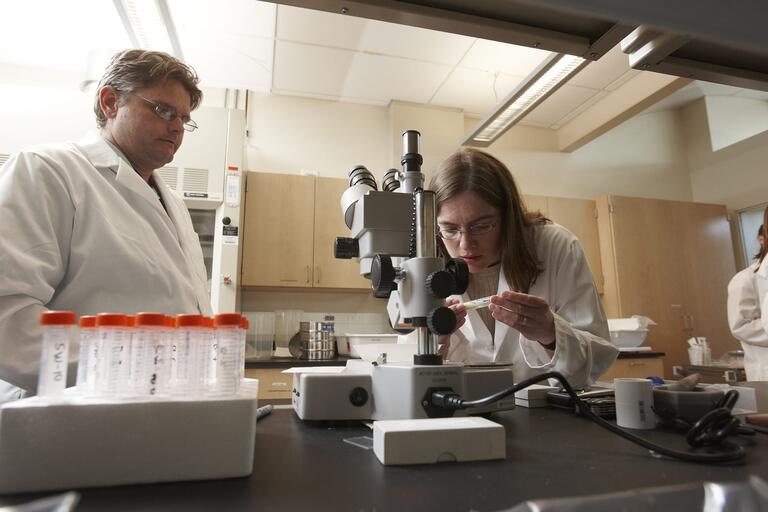
Study: Key Ingredient for Life Abundant on Early Mars
UNLV researchers report in Nature Geoscience that phosphate, which plays a role in life-creating chemical reactions, may have been more plentiful on early Mars than during the emergence of life on Earth.